Retro Replay Review
Gameplay
Little Wheel’s gameplay centers on classic point-and-click mechanics, guiding the titular robot through a series of static screens laden with interactive elements. Using only the mouse, players must carefully examine each scene, click on objects in the correct order, and combine items to proceed. The simplicity of control belies a surprising depth of puzzle design that often requires creative thinking beyond obvious item uses.
(HEY YOU!! We hope you enjoy! We try not to run ads. So basically, this is a very expensive hobby running this site. Please consider joining us for updates, forums, and more. Network w/ us to make some cash or friends while retro gaming, and you can win some free retro games for posting. Okay, carry on 👍)
The puzzles strike a fine balance between challenge and accessibility. Early puzzles ease players into the logic of the world, while later sequences demand sharper observation and lateral thinking. Inventory management is streamlined: Little Wheel can hold multiple items, but players must consider which objects to use immediately and which to reserve for later, adding a subtle layer of strategy.
Pacing is brisk. True to its “short adventure” label, Little Wheel can be completed in roughly one to two hours, making it ideal for a single-session experience. There’s minimal backtracking, as each new screen naturally builds upon the previous puzzle’s outcome, giving the adventure a steady flow without frustrating dead ends.
Replay value comes from the desire to savor the game’s clever design and to uncover any hidden interactions missed on a first run. While there’s no branching storyline or alternative endings, mastering the puzzles and uncovering every secret click spot provides enough incentive for a quick revisit.
Graphics
Visually, Little Wheel embraces a charming, hand-drawn aesthetic that brings its robotic world to life. The art style is minimalistic yet detailed: backgrounds are painted in muted tones, punctuated by pops of color that highlight interactive objects. This design choice not only creates an inviting atmosphere but also subtly guides the player’s attention to key elements.
Character and environment animations are pleasantly fluid for a low-budget indie title. Little Wheel’s loopy gait and the occasional spark from exposed circuits inject personality into the protagonist. Environmental effects—like the flicker of tired neon lights and the hiss of steam vents—enhance immersion without overwhelming the core gameplay loop.
The user interface is clean and unobtrusive. Inventory items appear neatly at the bottom of the screen, and tooltips only appear when hovering over clickable hotspots. This ensures the player’s focus remains on exploration and puzzle-solving rather than wrestling with clunky menus.
Though the game doesn’t push pixel counts to their limits, its cohesive visual language compensates for any technological constraints. The art direction conveys a sense of loneliness and wonder, perfectly aligning with the story of a lone robot dreaming of reawakening its world.
Story
The narrative of Little Wheel unfolds with simple but effective storytelling. After a catastrophic power failure silences all robots for 10,000 years, a bolt of lightning revives a single automaton. With no dialogue or extensive cutscenes, the game relies on environmental storytelling and cleverly placed notes to sketch out the history of the fallen city.
Little Wheel’s journey to restore the main power generator feels both urgent and poignant. Each new corridor or control room reveals remnants of a once-thriving society—cracked holo-posters, rusted service bots, and flickering screens still begging for power. These small touches build emotional resonance without slowing the game’s pace.
Although the robot itself never speaks, its determined little wheel-turns and light-beam gazes communicate character effectively. Players grow attached to this silent protagonist, cheering mentally as it overcomes obstacles and inches closer to reviving its dormant family of machines.
While the storyline is straightforward, it delivers a satisfying emotional arc. The sense of discovery and the ultimate payoff of reactivating the generator create a sense of achievement rarely found in brief adventure titles.
Overall Experience
Little Wheel offers a polished, bite-sized adventure that punches well above its modest scope. By combining intuitive point-and-click controls with thoughtfully designed puzzles and a hauntingly beautiful world, the game provides an engaging escape for both casual and seasoned players.
Its brevity is a strength rather than a limitation: players can enjoy the entire narrative in one sitting, making it perfect for busy schedules or a weekend afternoon. The game’s seamless integration of story, art, and puzzle mechanics keeps momentum high from the first spark of electricity to the final triumphant hum of the generator.
Some may wish for deeper narrative branches or more varied minigames, but the cohesive experience on offer feels complete and satisfying as is. Little Wheel demonstrates how focused design and strong atmosphere can leave a lasting impression, even within a short playtime.
For adventure fans seeking a quick yet memorable journey through a forlorn robot city, Little Wheel is an ideal pick. Its combination of accessible gameplay, charming visuals, and an emotionally resonant story make it a standout in the realm of indie point-and-click games.
 Retro Replay Retro Replay gaming reviews, news, emulation, geek stuff and more!
Retro Replay Retro Replay gaming reviews, news, emulation, geek stuff and more!

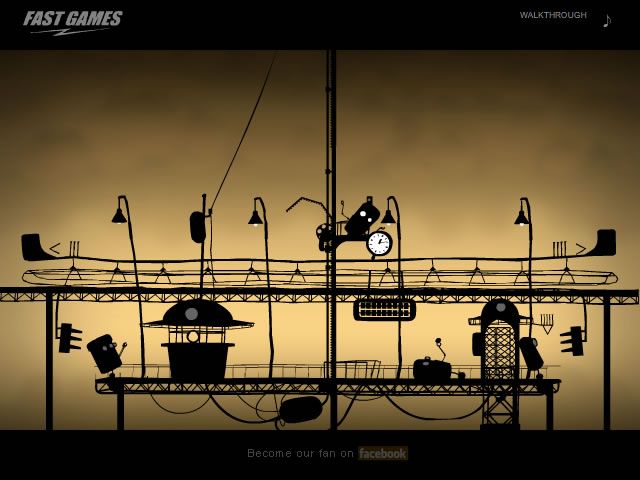
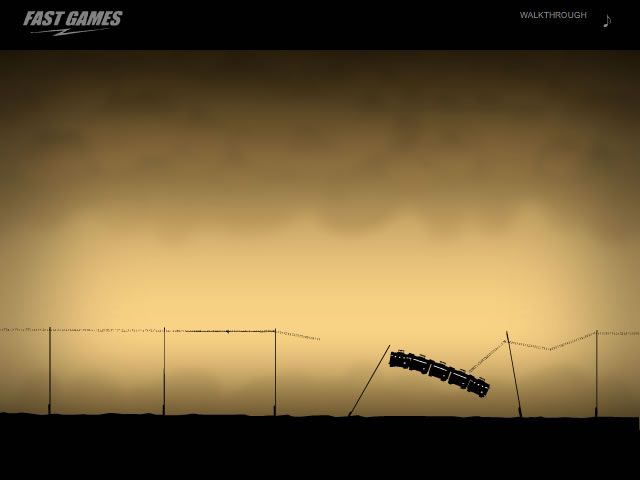
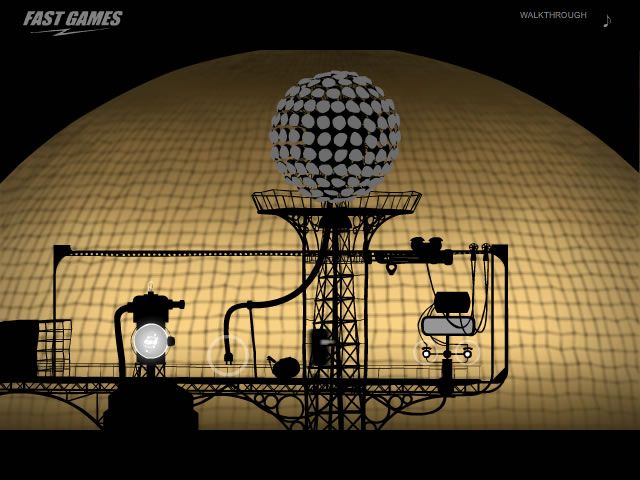
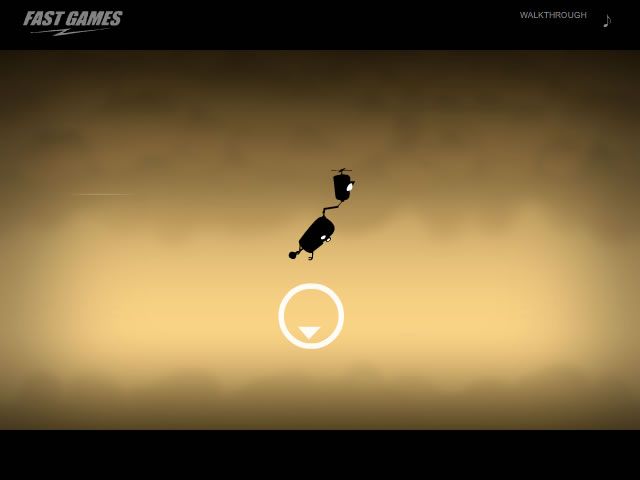
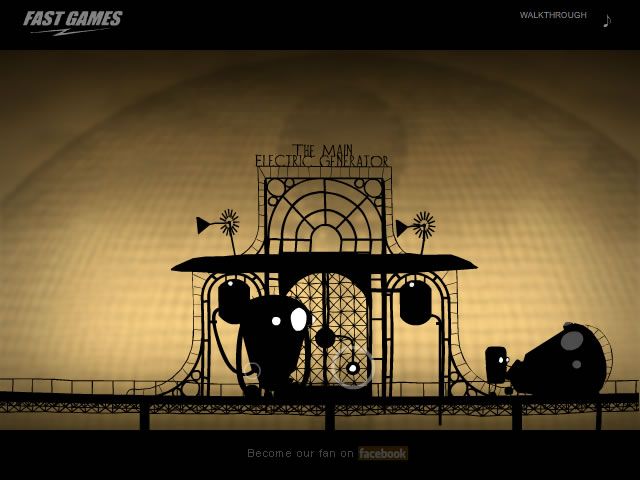

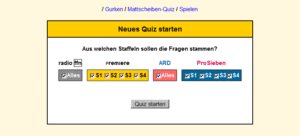
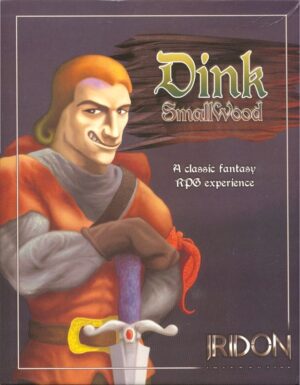
Reviews
There are no reviews yet.